Is It Prime Time for Money Market Funds?
With the Federal Reserve raising interest rates again, where is the best place to store your money?


The Federal Reserve raised interest rates by a quarter-percentage point at its meeting earlier this week, lifting the fed funds rate, a key bank lending rate, to a target range of 5.25% to 5.50%. Avid savers jumped at the opportunity for greater returns as high-yield savings accounts crept closer to five percent.
It was the 11th interest rate hike since March 2022, bringing the benchmark borrowing rate to its highest level since 2001. As the market responds to the new rate increase, money market funds could begin offering comparable rates to those of high-yield savings accounts (HYSA). Should rate watchers keep their money where it is or move on to potentially higher yields?
What is a money market fund?
A money market fund (or money fund) is a low-risk mutual fund consisting of multiple short-term securities. These funds are diversified with a mix of U.S. Treasury bills, repurchase agreements, certificates of deposit, and corporate debt. With a similar name to FDIC-backed Money Market Deposit Accounts (MMDAs), it’s easy to confuse the two. However, there’s a primary difference to note.
From just $107.88 $24.99 for Kiplinger Personal Finance
Become a smarter, better informed investor. Subscribe from just $107.88 $24.99, plus get up to 4 Special Issues

Sign up for Kiplinger’s Free Newsletters
Profit and prosper with the best of expert advice on investing, taxes, retirement, personal finance and more - straight to your e-mail.
Profit and prosper with the best of expert advice - straight to your e-mail.
Money funds are regulated by the Securities and Exchange Commission (SEC), and it’s important to note that these investments are not FDIC-insured. The value of a money market fund fluctuates with market conditions even though it’s considered a low-risk investment.
What’s enticing about this investment option is that it responds quickly to the Fed’s policy changes. Since the Fed’s rates have risen again, we can expect yields on money market funds to follow suit.
Comparing Yields
In a July 25th report, Crane Data noted that the "weighted average 7-Day Net Yield for Prime Institutional money market funds was 5.16%, up 4 basis points from the previous month and up 372 basis points from 6/30/22.”
The net yields for government funds, tax-exempt retail funds, and Treasury funds also showed increases in this report. The highest-yielding institutional money fund has a seven-day yield of 5.31%, according to Crane Data.
In comparison, the highest savings accounts available currently offer rates as high as 5.17% at CFG Community Bank. Other banks have chosen to keep more modest savings rates hovering around four percent.
The yields of a money market fund could outpace high-yield savings rates, but the yield is only one part of the puzzle. Determining the best savings options also depends on factors including liquidity, accessibility, and fees.
Use the below tool — powered by Bankrate — to compare rates on high-yield savings accounts, as well as CDs, today.
High-yield savings vs. money market fund
High-yield savings accounts allow you to withdraw within reason. Meaning there’s a limit to the number of withdrawals per month. With the accessibility of an ATM or banking card, you can get cash almost instantly, and transfers within the same bank are instantaneous too.
There is a wide range of high-yield accounts without fees; for those with fees, meeting certain requirements may remove those extra costs. If the bank becomes insoluble, your deposits are insured for up to $250,000 per depositor through the FDIC.
Money market funds aren’t as easy to withdraw from, which could make them challenging to use as an emergency fund. At some banks, you may have to wait for a few days, but other institutions offer next-day funds availability. Money funds also charge an unavoidable fee called the expense ratio. If you’re seeking higher yields, this fee cuts into your potential returns.
Bottom Line
A high-yield savings account offers better liquidity, lighter fees, and valued FDIC insurance. However, money market funds could outpace the yields on a HYSA, which works well for investors looking to grow their money faster.
However, a money fund also comes with expense ratios and a longer wait for withdrawals. If you don’t foresee needing immediate access to your money, then a money market fund could be a solid investment option as long as your HYSA remains to house an accessible emergency fund.
Related Content
Profit and prosper with the best of Kiplinger's advice on investing, taxes, retirement, personal finance and much more. Delivered daily. Enter your email in the box and click Sign Me Up.

Seychelle is a seasoned financial professional turned personal finance writer. She’s passionate about empowering people to make smart financial decisions by combining 10 years of finance industry experience with solid research and a wealth of knowledge. Seychelle is also a Nav-certified credit and lending expert who has explored money topics such as debt consolidation, budgeting, credit, and lending in her work for publications including GOBankingRates, LendEDU, and Credible.
-
 Dow Adds 646 Points, Hits New Highs: Stock Market Today
Dow Adds 646 Points, Hits New Highs: Stock Market TodayIt was "boom" for the Dow but "bust" for the Nasdaq following a December Fed meeting that was less hawkish than expected.
-
 5 Types of Gifts the IRS Won’t Tax: Even If They’re Big
5 Types of Gifts the IRS Won’t Tax: Even If They’re BigGift Tax Several categories of gifts don’t count toward annual gift tax limits. Here's what you need to know.
-
 The 'Scrooge' Strategy: How to Turn Your Old Junk Into a Tax Deduction
The 'Scrooge' Strategy: How to Turn Your Old Junk Into a Tax DeductionTax Deductions We break down the IRS rules for non-cash charitable contributions. Plus, here's a handy checklist before you donate to charity this year.
-
 December Fed Meeting: Updates and Commentary
December Fed Meeting: Updates and CommentaryThe December Fed meeting is one of the last key economic events of 2025, with Wall Street closely watching what Chair Powell & Co. will do about interest rates.
-
 The Delayed September Jobs Report Is Out. Here's What It Means for the Fed
The Delayed September Jobs Report Is Out. Here's What It Means for the FedThe September jobs report came in much higher than expected, lowering expectations for a December rate cut.
-
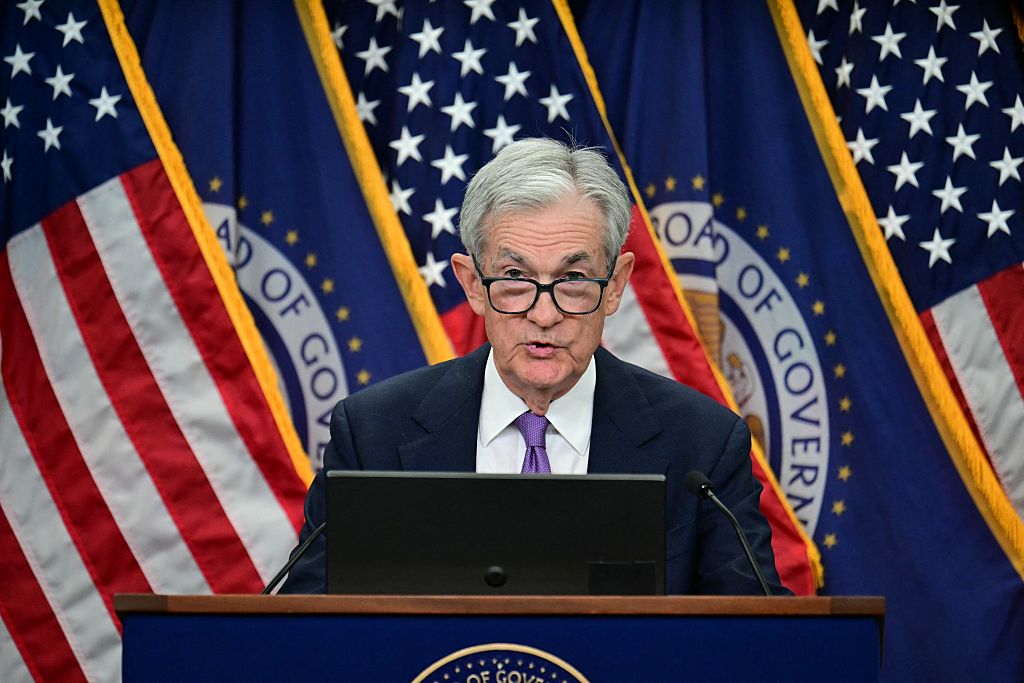 October Fed Meeting: Updates and Commentary
October Fed Meeting: Updates and CommentaryThe October Fed meeting is a key economic event, with Wall Street turned into what Fed Chair Powell & Co. did about interest rates.
-
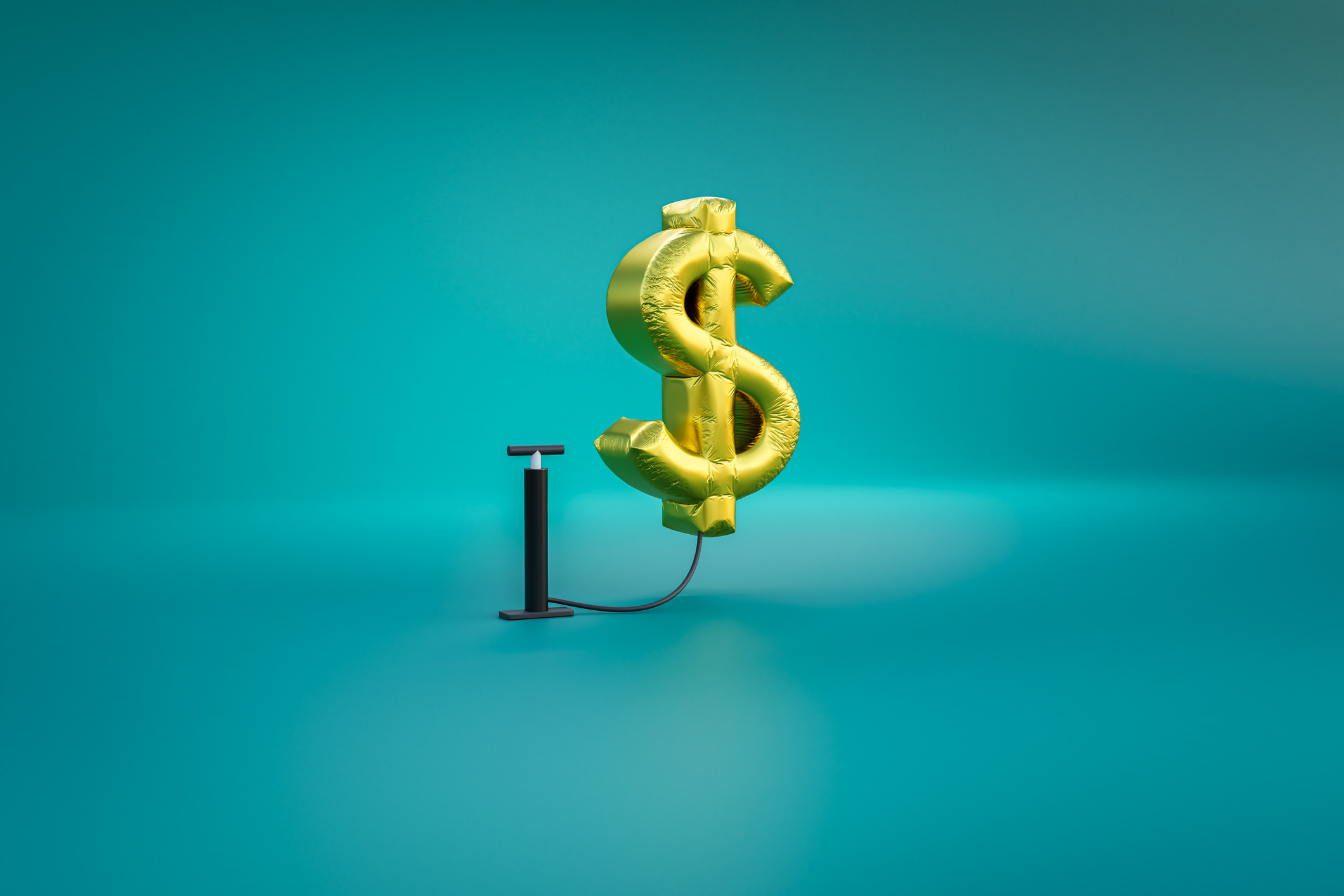 The Delayed September CPI Report is Out. Here's What it Signals for the Fed.
The Delayed September CPI Report is Out. Here's What it Signals for the Fed.The September CPI report showed that inflation remains tame – and all but confirms another rate cut from the Fed.
-
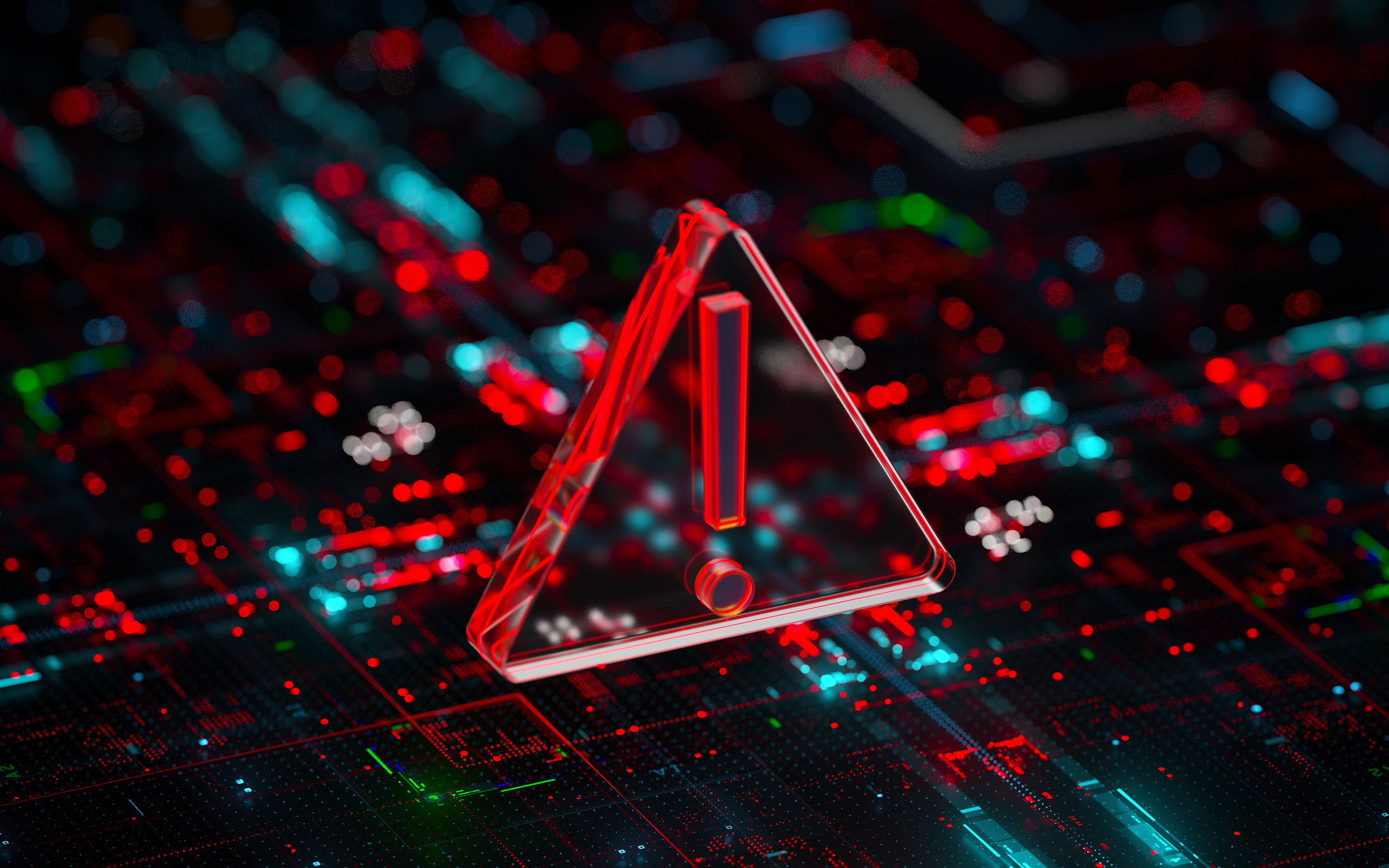 Banks Are Sounding the Alarm About Stablecoins
Banks Are Sounding the Alarm About StablecoinsThe Kiplinger Letter The banking industry says stablecoins could have a negative impact on lending.
-
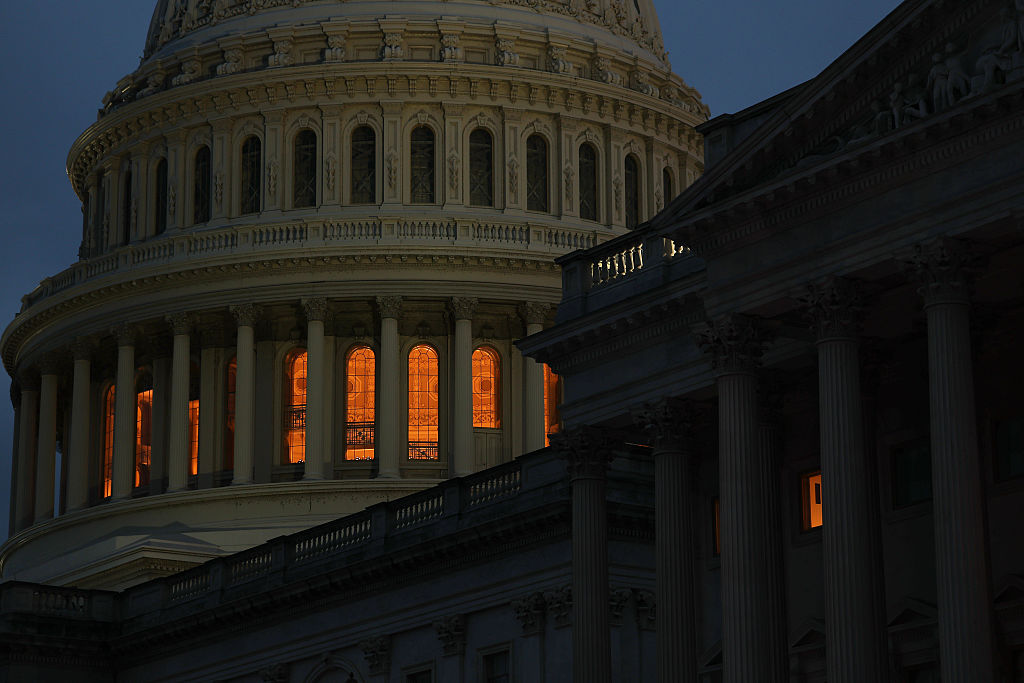 Government Shutdown to Delay Data, Including Key Jobs Report
Government Shutdown to Delay Data, Including Key Jobs ReportWhile government shutdowns typically don't impact stock returns, they can delay the release of key economic data – including the monthly jobs report.
-
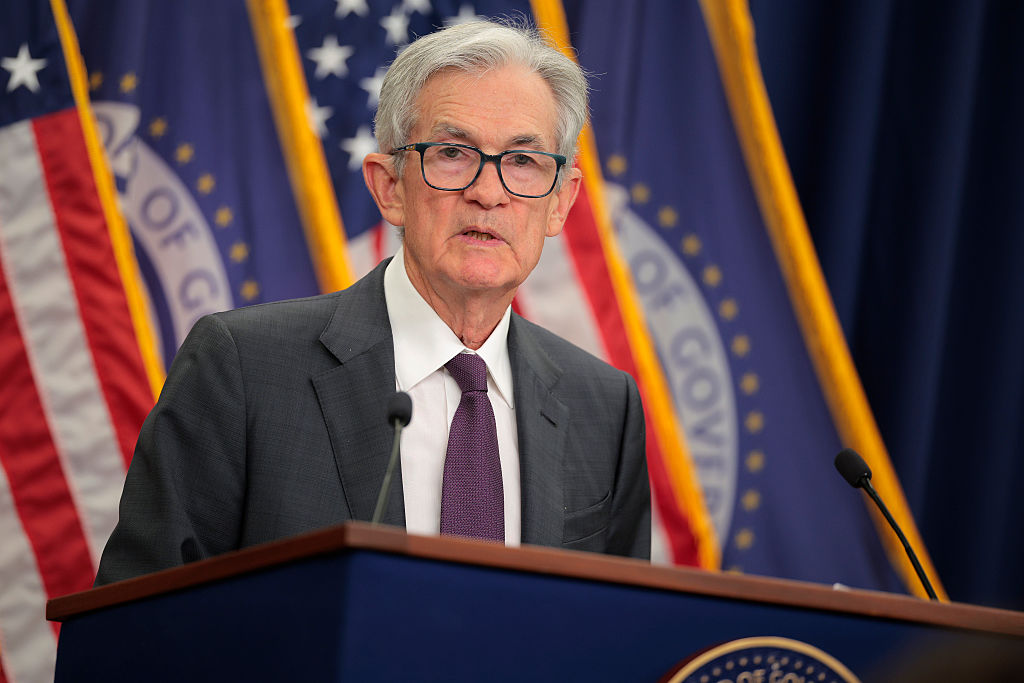 September Fed Meeting: Updates and Commentary
September Fed Meeting: Updates and CommentaryThe September Fed meeting is a key economic event, with Wall Street keyed into what Fed Chair Powell & Co. will do about interest rates.
-
 Hot August CPI Report Doesn't Shift the Rate-Cut Needle: What the Experts Say
Hot August CPI Report Doesn't Shift the Rate-Cut Needle: What the Experts SayThe August CPI came in higher than forecast on a monthly basis, but Wall Street still expects a rate cut at next week's Fed meeting.